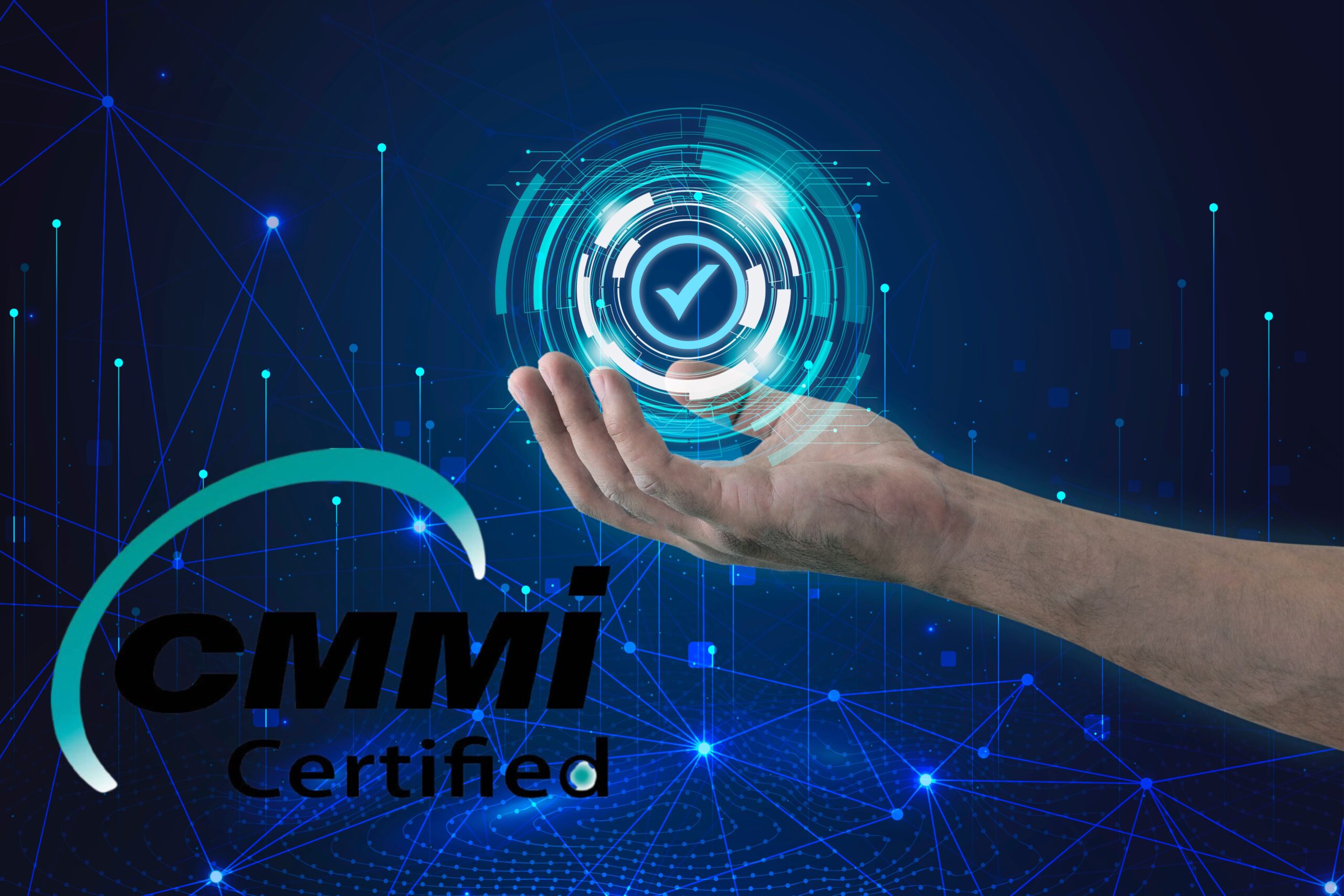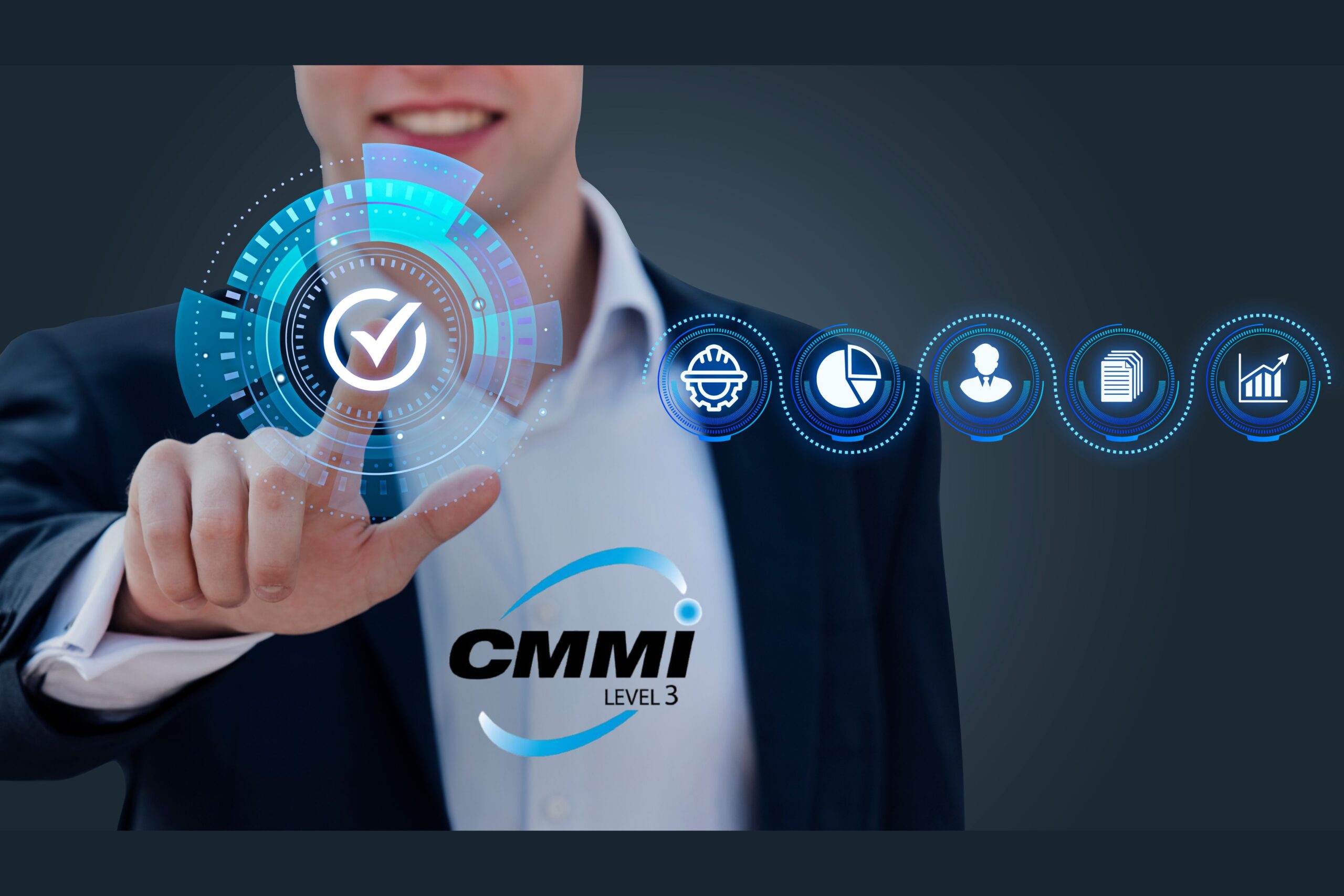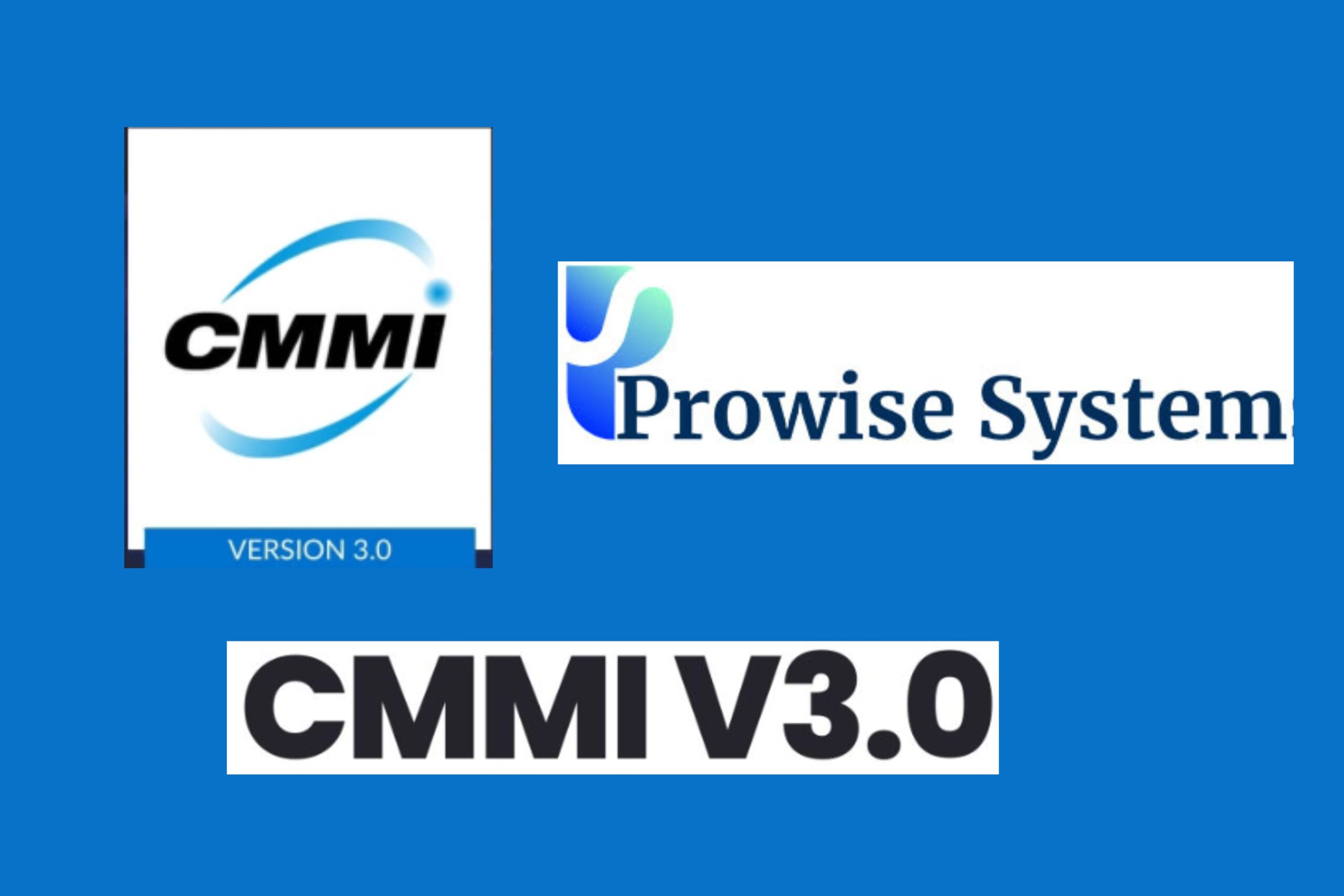CMMI Certification in the USA helps organizations improve performance, strengthen process maturity, and deliver consistent, high-quality results. This guide explains the requirements for CMMI certification, the cost, the appraisal process, and how to verify CMMI certification through ISACA and official directories.
What Is CMMI Certification and Why It Matters in the USA
The Capability Maturity Model Integration (CMMI) is a globally trusted framework that improves how organizations plan, execute, monitor, and deliver work.
U.S.-based companies adopt CMMI to achieve:
- Better project predictability
- Improved delivery timelines
- Reduced defects and rework
- Higher customer satisfaction
- Stronger organizational maturity
CMMI is maintained by ISACA and the CMMI Institute, which set global standards and govern the appraisal process.
Organizations usually ask:
- What are the CMMI certification requirements?
- What is the cost of CMMI certification in USA?
- How do I verify if a company is CMMI certified?
Understanding these aspects helps companies move toward maturity levels such as CMMI Level 3 and CMMI Level 5, where processes become predictable and optimized.
CMMI Certification Requirements in USA
To achieve CMMI certification, organizations must follow a structured approach. Below are the key requirements:
1. Gap Analysis (Gap Study)
A Certified CMMI Professional or the Best CMMI Consultants in USA reviews your current processes and compares them against CMMI requirements.
This step identifies:
- Missing processes
- Documentation needs
- Training gaps
- Areas requiring improvement
2. Process Documentation
Every important workflow must be documented, including:
- Delivery & project execution
- Quality assurance
- Monitoring and measurement
- Configuration management
- Risk management
- Governance & decision-making
This aligns your company with the structure defined by ISACA and the CMMI Institute.
3. Training & Awareness Programs
Teams must understand CMMI practices. Training helps employees:
- Follow defined processes
- Participate in appraisals
- Respond confidently to appraisal questions
- Maintain compliance long-term
4. Internal Assessments / Internal Audits
Before the final appraisal, organizations conduct internal reviews to ensure:
- All CMMI practices are implemented correctly
- Artifacts (evidence) are ready
- Teams understand their roles during the appraisal
5. Benchmark Appraisal (Official Certification)
A CMMI Lead Appraiser, accredited by ISACA, conducts the official appraisal.
This verifies your organizational maturity level (Level 2, Level 3, Level 4, or Level 5).
You can always check How to verify CMMI certification through official ISACA directories.
CMMI Certification Cost in USA
Many leaders ask: “What is the cost of CMMI Certification in the USA?”
The cost depends on:
- Company size
- Number of projects
- Maturity level (Level 2, 3, or 5)
- Internal process readiness
- Training and consulting needs
- Engagement with the Best CMMI Consultants in USA
Typical cost ranges include:
- Small organizations: Lower effort due to fewer projects
- Mid-size & large organizations: Higher cost due to multiple OUs and larger teams
Although it requires investment, CMMI provides major benefits:
- Fewer defects
- Better project control
- Demonstrated capability to clients
- Stronger business reputation
For region-specific guidance, refer to CMMI Certification in USA by Prowise Systems.
How to Verify CMMI Certification in USA
To validate a company’s CMMI status:
ISACA Official Directory
Search the organization to verify its maturity level.
Certificate Validation
Review the certificate issued by the Lead Appraiser.
Appraisal Disclosure Statement (ADS)
This document confirms:
- Appraisal team
- Assessment period
- Model version
- Maturity level
Publicly Available CMMI Listings
Organizations can be looked up via the ISACA CMMI Published Appraisal Results (PAR) system.
These verification steps help customers trust certification claims.
How Prowise Systems Supports CMMI Certification in USA
Prowise Systems provides complete support for organizations working toward CMMI Certification in USA.
Our approach is simple, structured, and aligned with ISACA standards.
Our CMMI Services Include:
- Guidance from a Certified CMMI Professional
- End-to-end Gap Analysis
- Process documentation development
- Team training & awareness sessions
- Internal audits & readiness checks
- Full appraisal preparation support
- Help with How to verify CMMI Certification
- Consulting aligned with CMMI Institute & ISACA requirements
Organizations of all sizes trust ProWise Systems because our consulting method is:
- Clear
- Practical
- Fast
- Result-oriented
To get started, visit the Prowise Systems – CMMI Certification Services page.
Conclusion
CMMI Certification helps U.S. companies strengthen performance, deliver predictable results, and build customer confidence.
Meeting the requirements for CMMI Certification becomes easier with support from a Certified CMMI Professional or the Best CMMI Consultants in USA.
With guidance from ISACA and the CMMI Institute, organizations can reach strong maturity levels and scale with confidence.
Prowise Systems offers complete CMMI Certification support in the USA, making the journey simple, structured, and successful for every client.
FAQs (SEO Optimized)
1. What are the requirements for CMMI Certification in USA?
Companies must complete gap analysis, process documentation, training, internal audits, and undergo a benchmark appraisal by an ISACA-authorized Lead Appraiser.
2. What is the cost of CMMI Certification in USA?
Cost depends on maturity level, company size, consulting needs, training, and appraisal duration.
3. How long does CMMI Certification take?
Most organizations take 4–9 months, depending on readiness and maturity level.
4. How can I verify a company’s CMMI Certification?
Through the ISACA Published Appraisal Results (PAR) directory, appraisal disclosure statements, and certificate validation.
5. Which maturity levels are available?
CMMI certification includes Level 2 – Managed, Level 3 – Defined, Level 4 – Quantitatively Managed, and Level 5 – Optimizing.










